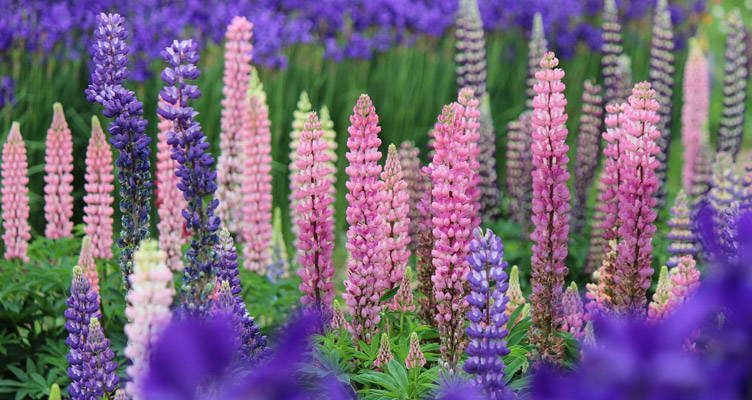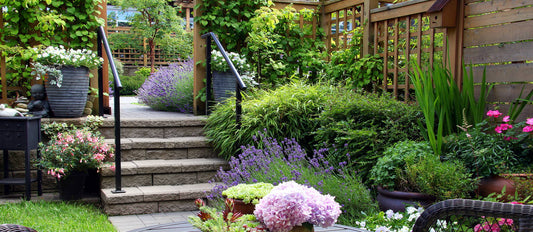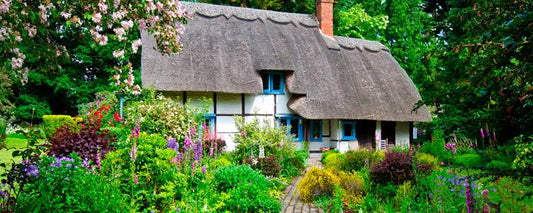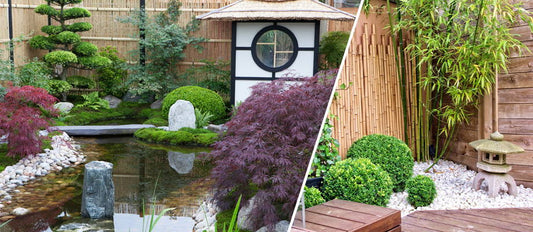Lupins are amongst the most colourful border plants. The tall, full flower spikes are very prominent and perfect for creating striking combinations. It is quite easy to create magical effects with their unusual colours.
Different varieties
The Lupin family consists of annual and perennial shrubs which all have a typical hand-shaped foliage and 'papilionaceous' flowers in cylindrical spikes. For the garden, the most popular and strongest hardy Lupins are the Russell-hybrids. They form large clumps of light-green foliage, flowering from May to July. Their height can vary from 75 to 100 cm and the flower spikes can reach a length of 60 cm.
Dwarf Lupins (Lupinus dwarf Russell-hybrids) are great for a smaller garden or in combinations with taller varieties. Although they grow no taller than about 40 cm, their toughness and their display of flowers is at least as impressive as that of their big brothers.
Not just a pretty face
The name Lupin derives from the Latin 'lupus', meaning wolf and in olden days the poor used the bitter-tasting but protein-rich seeds for food. About 75 years ago the sweet Lupin was discovered and this annual Lupin has since been grown as animal food, green mulch, for soil improvement and even as a coffee substitute. Recently, scientists have succeeded in producing a tofu-like substance from Lupins that in some countries is quite popular, particularly with vegetarians.
Decorative border plant
The perennial Lupin is a major border plant and in the right place it can grow out into a large clump. While the colourful plant is beautiful enough to grow by itself, it is also highly suitable for combining with other plants. As the flowers in a group of Lupins are often of different colours and can even vary on one spike, it is easy to create some fantastic effects. Why not experiment with different colour combinations of Lupins while they are in flower, by making bouquets or simply by just holding some picked Lupins next to your growing plants. You could also try them amongst Roses, Yarrow, Bearded Iris, Poppy and Ornamental Onion.
Position
Lupins prefer a slightly acidic, loose soil. In an alkaline soil type, like clay, the foliage tends to turn yellow. The soil must be well drained, for if the soil stays too wet in winter the Lupin will not survive for very long.
Lupins do not need much feeding, indeed they actually dislike recently fertilized soil. However, they are not too fussy about sun and will grow in full sun as well as in light shade.
Range of colours
Lupins come in many colours and shades, varying from the purest white or white with a yellow heart, to all possible combinations in blue, purple, pink, yellow, brown and red.
Faded flowers
If you do not want to experiment with Lupin seed, remove the flowers as soon as they are faded. The plant exhausts itself completely by forming its seeds and will whither away completely after just a few years. To keep a healthy and strong plant cut away the faded flowers to a large, healthy leaf, using a sharp pair of secateurs.




